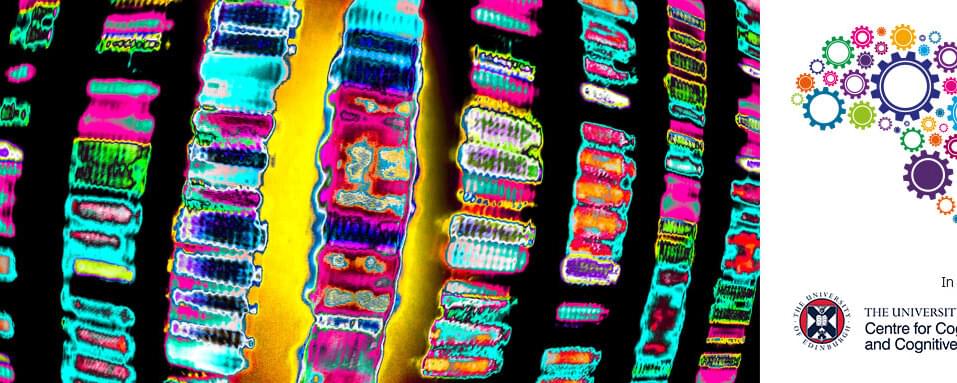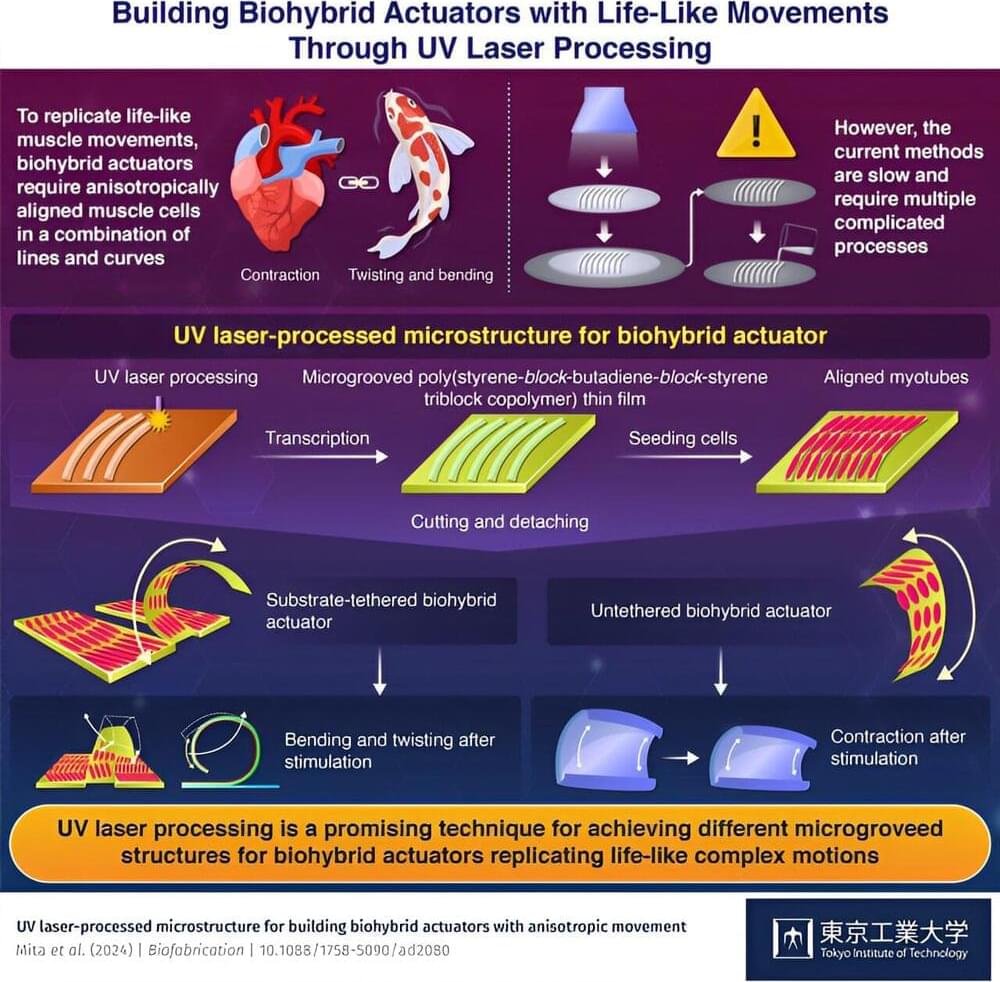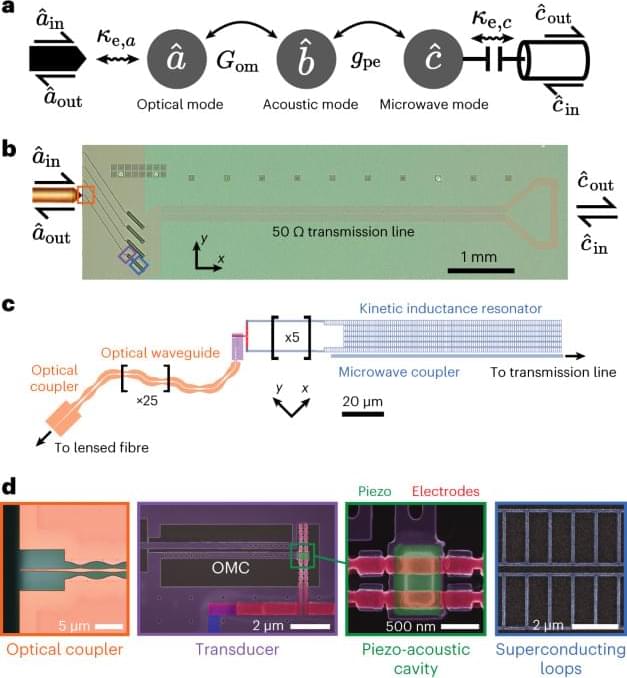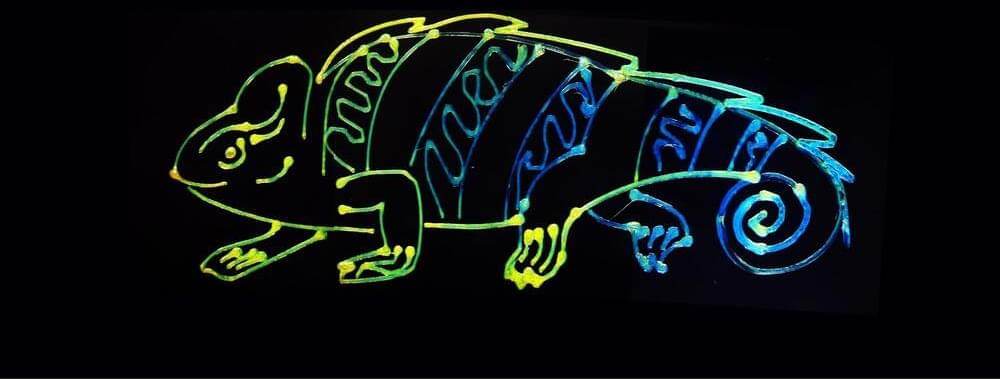Page 1001
Mar 3, 2024
Is intelligence determined by genetics?
Posted by Dan Breeden in categories: education, genetics
Factors that affect include genes, education, nutrition, and others. Learn more about how genetics impacts
Genes are responsible for many things, including obvious physical traits like eye and hair colour. They also influence our thinking skills.
Mar 3, 2024
Intelligence inheritance — three genes that add to your IQ score
Posted by Dan Breeden in category: neuroscience
There’s no one universal ‘intelligence gene’ but many thousands each contributing a small increment – and here are three.
Mar 3, 2024
TheNET: ChatGPT, the popular AI-based large language model (LLM) app from OpenAI, has seen levels of user growth unique for many reasons
Posted by Dan Breeden in categories: business, policy, robotics/AI, security
For one, it reached over a million users in five days of its release, a mark unmatched by even the most historically popular apps like Facebook and Spotify. Additionally, ChatGPT has seen near-immediate adoption in business contexts, as organizations seek to gain efficiencies in content creation, code generation, and other functional tasks.
But as businesses rush to take advantage of AI, so too do attackers. One notable way in which they do so is through unethical or malicious LLM apps.
Unfortunately, a recent spate of these malicious apps has introduced risk into an organization’s AI journey. And, the associated risk is not easily addressed with a single policy or solution. To unlock the value of AI without opening doors to data loss, security leaders need to rethink how they approach broader visibility and control of corporate applications.
Mar 3, 2024
A novel method for easy and quick fabrication of biomimetic robots with life-like movement
Posted by Dan Breeden in categories: biological, robotics/AI
Biomimetic robots, which mimic the movements and biological functions of living organisms, are a fascinating area of research that can not only lead to more efficient robots but also serve as a platform for understanding muscle biology.
Among these, biohybrid actuators, made up of soft materials and muscular cells that can replicate the forces of actual muscles, have the potential to achieve life-like movements and functions, including self-healing, high efficiency, and high power-to-weight ratio, which have been difficult for traditional bulky robots that require heavy energy sources.
One way to achieve these life-like movements is to arrange muscle cells in biohybrid actuators in an anisotropic manner. This involves aligning them in a specific pattern where they are oriented in different directions, like what is found in living organisms.
Mar 3, 2024
This could soon beat IBM: New approach to quantum computing makes rapid progress
Posted by Dan Breeden in categories: computing, quantum physics

💰Special Offer!💰 Use our link https://joinnautilus.com/SABINE to get 15% off your membership!Physicists have shattered previous limits of the new technolog…
Mar 3, 2024
Non-classical microwave–optical photon pair generation with a chip-scale transducer
Posted by Cecile G. Tamura in categories: computing, quantum physics
Generating quantum correlations between light and microwaves.
Non-classical microwave–optical photon pair generation with a chip-scale transducer.
A transducer that generates microwave–optical photon pairs is demonstrated. This could provide an interface between optical communication networks and superconducting quantum devices that operate at microwave frequencies.
Mar 3, 2024
There’s one last place Planet Nine could be Hiding
Posted by Natalie Chan in category: space
A study recently submitted to The Astronomical Journal continues to search for the elusive Planet Nine (also called Planet X), which is a hypothetical planet that potentially orbits in the outer reaches of the solar system and well beyond the orbit of the dwarf planet, Pluto.
The goal of this study, which is available on the pre-print server arXiv, was to narrow down the possible locations of Planet Nine and holds the potential to help researchers better understand the makeup of our solar system, along with its formation and evolutionary processes. So, what was the motivation behind this study regarding narrowing down the location of a potential Planet 9?
Dr. Mike Brown, who is a Richard and Barbara Rosenberg Professor of Astronomy at Caltech and lead author of the study, tells Universe Today, “We are continuing to try to systematically cover all of the regions of the sky where we predict Planet Nine to be. Using data from Pan-STARRS allowed us to cover the largest region to date.”
Mar 3, 2024
Chameleons inspire new Multicolor 3D-Printing Technology
Posted by Natalie Chan in categories: 3D printing, chemistry, engineering, sustainability
Inspired by the color-changing ability of chameleons, researchers have developed a sustainable technique to 3D-print multiple, dynamic colors from a single ink.
“By designing new chemistries and printing processes, we can modulate structural color on the fly to produce color gradients not possible before,” said Ying Diao, an associate professor of chemistry and chemical and biomolecular engineering at the University of Illinois Urbana-Champaign and a researcher at the Beckman Institute for Advanced Science and Technology.
The study appears in the journal PNAS.

















